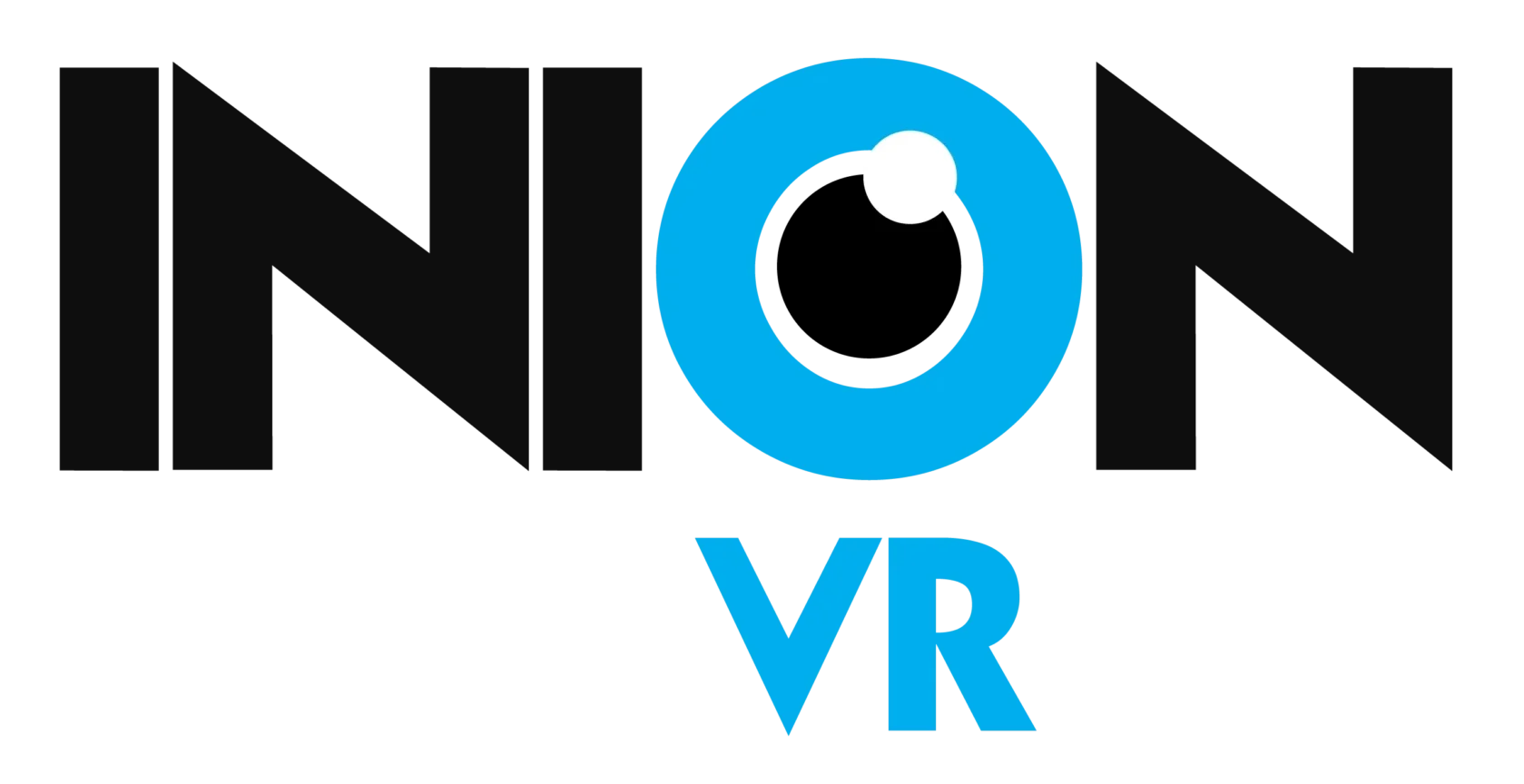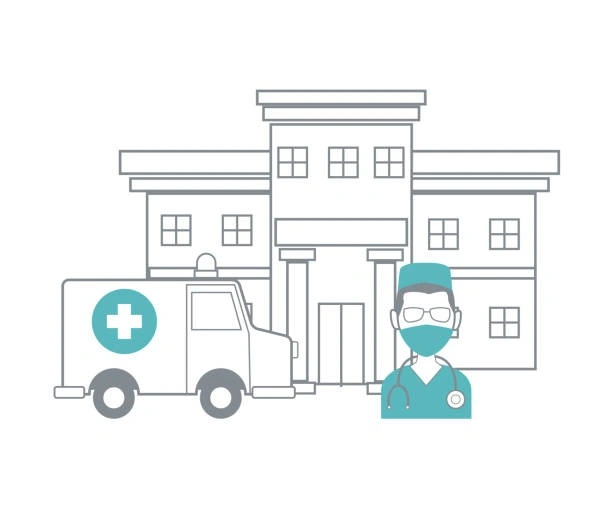How is Virtual Reality Transforming Healthcare?
Meta Title: Virtual Reality in Healthcare: Transforming Medicine .
Meta Description: Discover the transformative impact of virtual reality in healthcare. Learn how VR
is enhancing various sectors of healthcare industry.
Imagine you’re a medical student, standing in an operating room for the first time. Your palms are
sweaty, your heart is racing, and you’re about to witness a complex surgical procedure. But wait—
you’re not actually in a hospital. You’re in a classroom, wearing a VR headset, about to embark on a
virtual surgical experience that feels remarkably real.
Welcome to the world of virtual reality in healthcare—where the impossible becomes possible, and
the future of medicine unfolds before our eyes. At Inion VR, we’re pioneering this transformation,
bringing cutting-edge VR solutions to healthcare professionals and patients alike.
Virtual reality (VR) is reshaping the healthcare industry, offering innovative solutions that improve
patient experiences and enhance medical professionals’ capabilities. According to recent research,
over 90% of medical students report improved understanding of anatomical structures when using VR
in medical education compared to traditional methods.
1. Enhancing Surgical Training and Preparation
VR for medical training is a critical aspect of medical education, and virtual reality has revolutionized
this field. VR surgical training allows aspiring surgeons to train and practice procedures in a virtual
environment, providing a safe and cost-effective alternative to traditional methods.
Studies have shown that VR-trained surgeons demonstrate a 230% boost in overall performance
compared to their traditionally trained counterparts, with increased speed and accuracy in performing
surgical procedures.
INION VR offers innovative, cost-effective training solutions that seamlessly integrate theory with
practice, creating a dynamic learning experience. Our standalone wireless VR training meets global
standards, positioning INION VR at the forefront of the future of medical education.
2. 3D X-ray Imaging: A New Dimension in Diagnostics
Gone are the days of flat, grayscale X-ray images. Virtual reality in healthcare is bringing X-ray
diagnostics into the third dimension, revolutionizing how healthcare professionals visualize and
interpret medical imaging.
A study indicated that the average agreement coefficient between pathological and imaging studies
using VR technology was 97%. This high level of accuracy suggests that VR can significantly
enhance the diagnostic capabilities of CT and MRI imaging in VR compared to traditional methods.
Doctors can now view 3D X-ray images from any angle, gaining a comprehensive understanding of
the patient’s anatomy with enhanced visualization. Healthcare providers can use these 3D models to
explain conditions and treatments to patients in an intuitive, visual way.
3. Mixed Reality Collaborative Trainings
Mixed reality collaborative trainings enable a new level of hands-on learning where students can
manipulate holographic anatomical structures, practice procedures on virtual patients, and collaborate
with peers in real-time, regardless of their physical location. In these innovative learning
environments, students and instructors work with VR headsets that allow them to see and interact with
both virtual 3D models and their real-world surroundings.
Instructors can guide students through complex scenarios, highlight specific areas of interest, and
provide immediate feedback. The immersive nature of these trainings enhances retention and
understanding, while the collaborative aspect fosters teamwork and communication skills crucial in
healthcare settings.
4. Improving Patient Relaxation
Close your eyes and imagine yourself on a peaceful beach. Now, think about how this mental shift
might help distract from pain or discomfort. VR takes this concept to the next level!
VR isn’t just for education—it’s also a powerful tool for patient care. By immersing patients in
calming virtual environments, VR in patient care can significantly reduce pain perception and anxiety
during procedures.
For example, patients undergoing surgery at St George’s Hospital in London reported feeling more
relaxed, experiencing less pain, and having an overall improved hospital experience when using VR
headsets to view calming landscapes during their procedures.
How it works?
• Patients wear a VR headset during painful procedures or chronic pain episodes.
• They’re transported to soothing virtual worlds, such as peaceful beaches or serene forests.
• The immersive experience distracts the brain, reducing pain signals and anxiety.
5. Enhancing Medical Conferences and Education
Virtual reality has the potential to revolutionize medical conferences and educational experiences. By
incorporating interactive 3D visualizations and gamification, VR in medical education can
significantly improve audience engagement and the overall quality of presentations.
Medical schools are already using VR to help students develop empathy and communication skills
when dealing with patients. This immersive technology offers a dynamic learning experience
Conclusion
In conclusion, virtual reality in healthcare is transforming the industry by offering innovative solutions
that improve patient experiences and enhance medical professionals’ capabilities. From VR surgical
training to pain management, VR in medicine has the potential to transform various aspects of
healthcare. By embracing virtual reality technology, healthcare professionals can provide better care,
improve patient outcomes, and create a more immersive and engaging medical experience.

